
POLITICS
12-07-2017 by Antonio Altieri
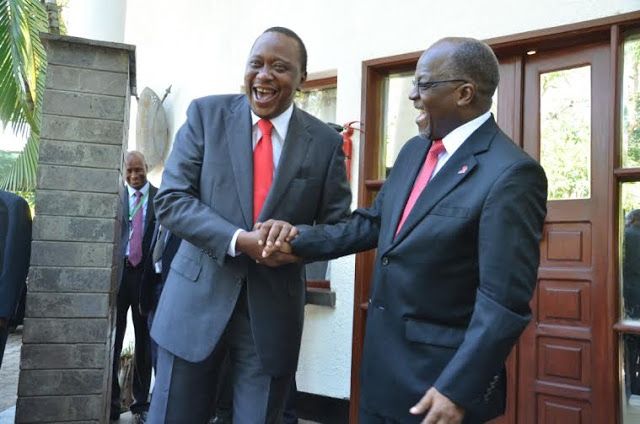
Now that we are at the end of the first electoral mandate of Uhuru Kenyatta and in the year of consolidating the power of his Tanzania colleague John Pombe Magufuli, we can see how the political and economic relations between the two countries of Eastern Africa remain problematic and stent on take off.
The "good neighborhood", despite the growth of the two nations and possible synergies to attract funds from international organizations (for example, the Dar Es Salaam-Malindi motorway project), remains an idea that continues to clash with mistrust Tanzanian and the little will to share Kenya's post.
The "cold war" between the two countries dates back to the times when Kenyatta's father, Jomo, was fighting with Nyerere. Both of the socialist training, but while Nyerere looked at China and Maoism, the Kenyan "Father of Homeland" squeezed the eye of the rising Nato.
In 1965, Tanzania decided to leave East Africa and the Commonwealth. Since 1919, Kenya, Uganda and Tanzania had a single currency, the Shilling and one Central Bank based in Nairobi.
The Tanzanian split changed things forever.
After one year Kenyatta coined the Kenyan shilling, with a ratio of 1 to 1 with the old coin of East Africa.
According to Western economists, it was a boomerang for Tanzanian development, while other factors, including the anti-communist Europe ostracism, for Dar Es Salaam's experts were the main causes of Tanzania's commercial isolation.
Since then, Tanzania has always been deployed on different positions than the former allies Kenya, Uganda and Rwanda.
The indifference and total absence of business relations with Nairobi became dangerous hostility in 1977, when Julius Nyerere closed the borders, preventing so many small traffics between villages and border towns and imposing visas for the first time.
Coming to our day, in November 2013, a Memorandum of Understanding was signed in November of 2013 at the annual meeting of the four African East African Community (EAC) to return to the common currency and create an economic front capable of meeting the new challenges of African and world market.
Again, Tanzania, led by President Jakaya Kikwete, expressed his dissent, also because of the fear of having to face a strong devaluation, being the Kenyan shilling much stronger.
At the same time, the Tanzanian government decided not to be part of the common visa regime in East Africa, effectively blocking the creation of a network on the European model that would set up the basis for the abolition of customs in the years to come.
Recently, there are many Tanzanian operations that have irritated Kenyan "cousins".
There have been numerous statements by the Minister of Tourism Balala due to the impossibility of sitting at a common table to develop cross-border tourism.
Even today, for example, it is impossible to organize safari between the Kenyan and Kenyan Maraes in an easy and collaborative way.
Kenyatta backed Magufuli's candidacy last year, hoping to find a new comrade for trade and to open a new season of collaborations, but that was not the case.
In May last year, President Magufuli said Tanzania would cut electricity imports from Kenya by 67 percent.
In the same month, despite the work in progress of the Kenyatta government, Tanzania tried to dissuade Uganda from deciding to link its pipelines with those to the new Lamu port, favoring Dar's path.
Kenya's attempt to adjust things culminated in a diplomatic conflict when Tanzanian officials seized the passports of Kenyan officials who were meeting Ugandan colleagues in Tanzania.
Among the facts and words of Magufuli there is a huge gap: Last November, during his visit to Kenya, the Tanzanian leader stated that he was intending to strengthen the relationship between the two states, a few months later he was among the francs strikers The non-election of Kenyan Foreign Minister Amina Mohamed as President of the African Union.
The long history of "spiteful disputes" between two countries that speak the same language and come from the same troubled path to independence, two so different and so different worlds, does not seem to want to end.
by redazione
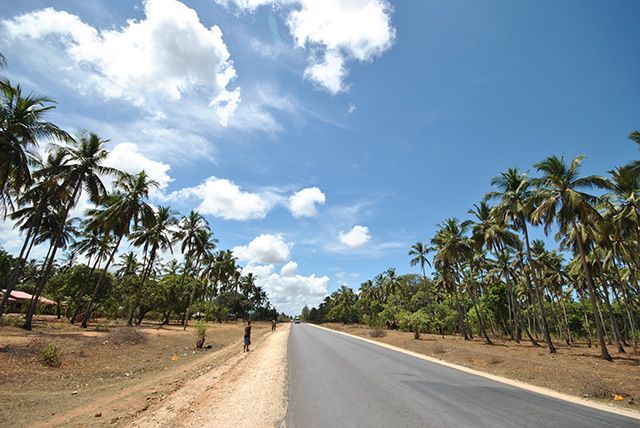
The launch Bagamoyo-Malindi highway is not far. The presidents of Kenya and Tanzania, Uhuru Kenyatta and John Magufuli, as part of the resumption of relations between the two neighboring countries, relaunched the project aside in 2014 to join the Swahili...
NEWS
by redazione
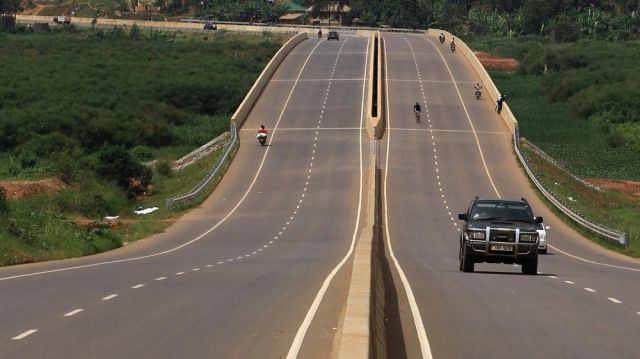
Finally, the African Development Bank (AfDB) has agreed: Work on the construction of the transnational highway between
NEWS
by redazione
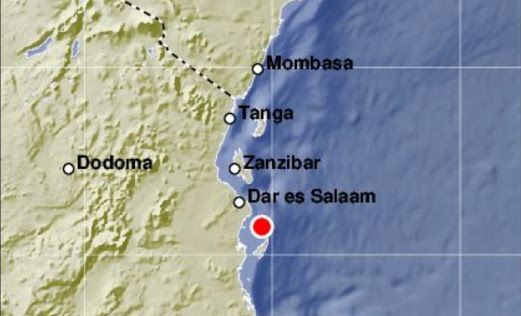
A strong earthquake, of magnitude 6, occurred last night, Wednesday, August 12, along the...
NEWS
by redazione

In small steps Kenya climbs up the slope among the least corrupt countries in the world, leaving...
by redazione
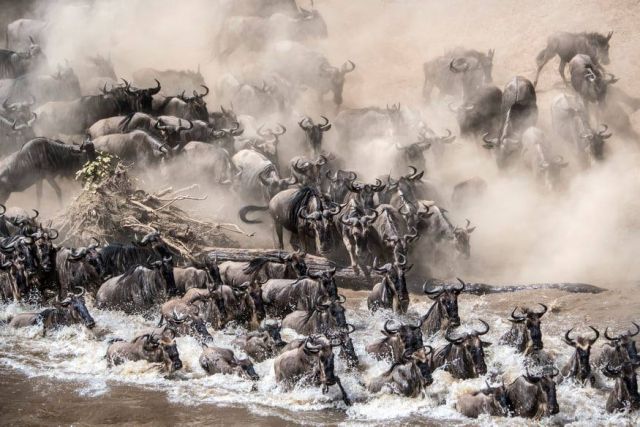
Every year the spectacle of the great migration of animals from Tanzania to Kenya is an attraction for thousands of nature lovers, animal...
ENVIRONMENT
by redazione

The policy of recycling and disposing of plastics implemented by Rwanda, Kenya and now also Tanzania is also influencing the ...
VIRUS
by redazione
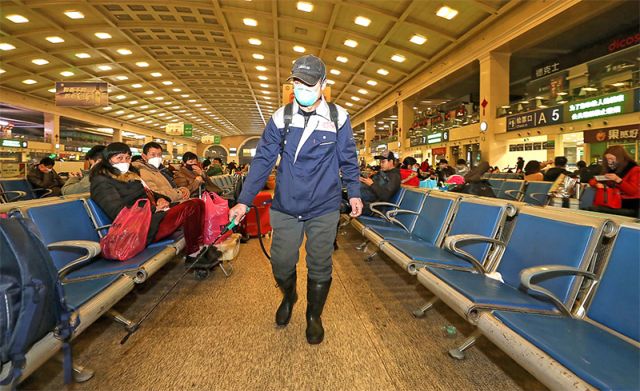
The airport of Mombasa, from which a few thousand tourists from different countries of the world ...
PERSONS
by redazione

He turned all over the world Margherita Maresca and had an adventurous life: walk in Somalia, the Congo forest, and again between oceans and deserts. Now the Italian resident in Watamu, particularly known for its acrylic tapestry of African fabrics,...
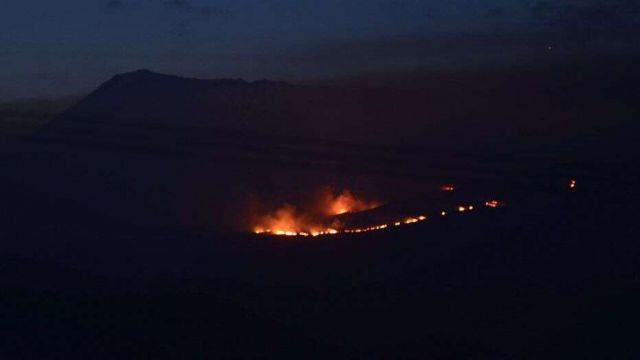
Burning the highest mountain in Africa, Kilimanjaro has been burning for 16 hours for ...
NEWS
by redazione

Good news for all Kenyan citizens who have not yet had time to switch from their old passport to the new ...